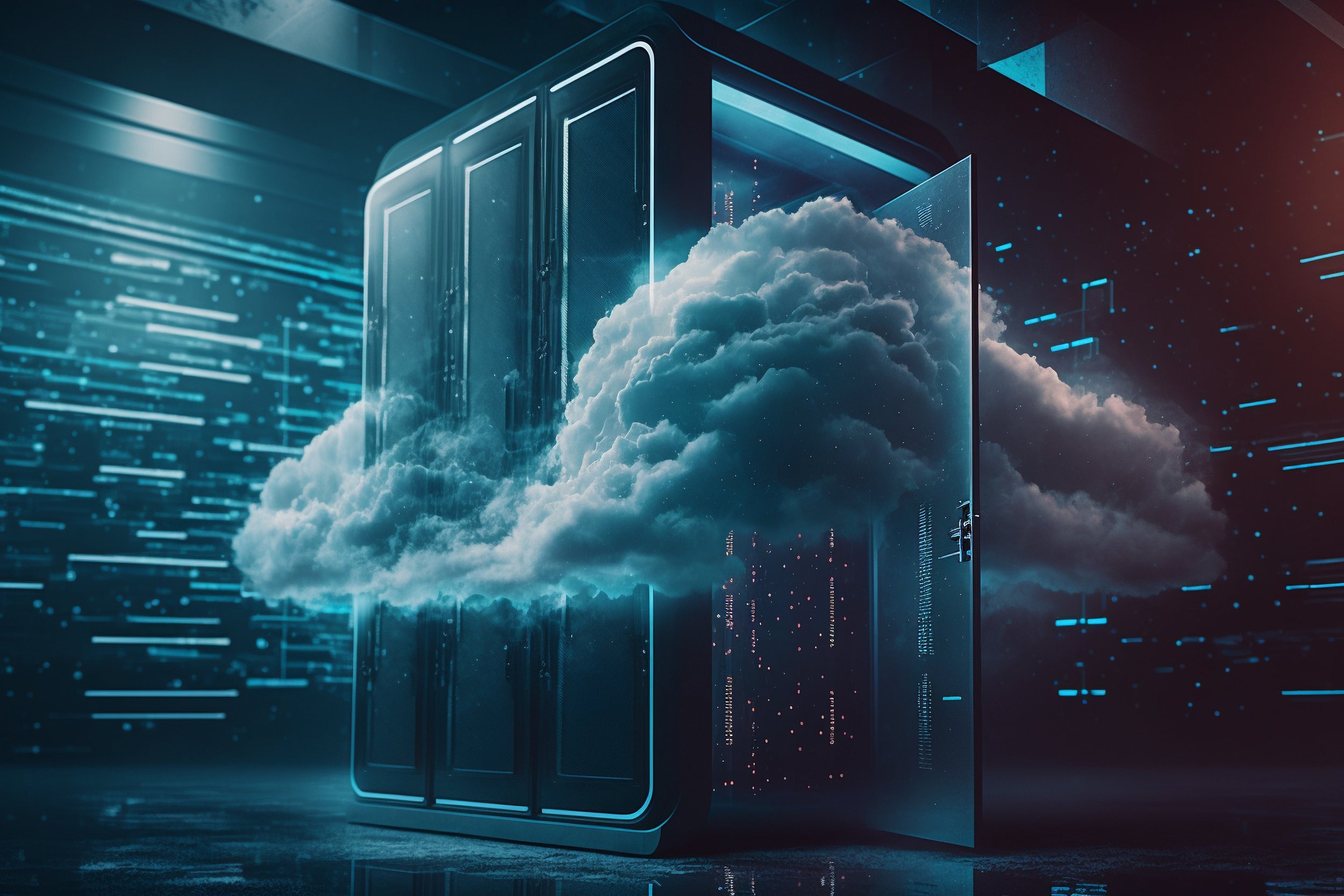The cloud is not magic
The cloud is not magic. It’s hardware. Fundamentally, underneath all the fluffy ‘service’ stratus and cumulus are cables and servers and switches and firewalls. It’s the stuff that, increasingly, no-one wants to think about.
In James Bridle’s (excellent) book ‘New Dark Age’, he discusses the gradual introduction of the cloud symbol into network diagrams:
“The … cloud could be a power system, or a data exchange, or another network of computers, or whatever. It didn’t matter. The cloud was a way of reducing complexity: it allowed one to focus on the near at hand, and not worry about what was happening over there.”
Bridle’s book is primarily concerned with the blurring of our vision in relation to the operations of power; how everything has become too complex and vast for us to comprehend. And how that, in turn, reduces our agency.*
The rush to the cloud in the past 10 years has been driven, in large part, by a belief that it is magic: unlimited computational resource, unlimited storage, unlimited access, unlimited scalability. Get anything you want when you want. Be more efficient. Pay less money. Corporations flung their infrastructure into Azure and AWS. Data was dropped wholesale into Sharepoint or Dropbox or Google Drive. Vast amounts of the world’s digital resources placed in the hands of just a few behemoth vendors.
And they made it cloudy.
By taking the hardware out of the hands of the end users, the big tech providers aimed to do away with skillsets and experience that would increase reliance on their services in the long-term - essentially, by making it harder for people to take the technical core of their businesses back.
And by charging for their services based on usage, disguising the true cost with the surface seeming attractiveness of small unit costs and scaling potential.
But it’s not magic.
It’s hardware.
To provide the illusion of unlimited resources, vendors had to populate vast numbers of data centres with servers and storage and network equipment. This is what sits behind the web GUI where you select your virtual servers or desktops or whatever.
That hardware costs a lot of money. To cover the cost of that hardware and make a profit the ‘usage’ costs are necessarily high.
And to extract as much value as possible from that hardware it is going to be overprovisioned. So, you are unlikely to get the performance that you signed up for.
And they are going to run that hardware for as long as they can. So, there is a good chance you will be using hardware that is five years old or more. Which will impact performance also.
So, the hardware behind your cloud services is likely crappy, old, overprovisioned hardware. That you are paying increasingly expensive monthly fees to use.
You might argue, despite all those issues, that the big vendors are more likely to maintain uptime due to their limitless resources and points of presence. But we see AWS and Microsoft go down regularly and take out services across the globe for hours. (Why? Because their infrastructures are so damn complex and cloudy it takes their engineers forever to work out a root cause when the systems fall over).
Many (such as 37 Signals) are now reclaiming their agency after having realised that the promise of cloud magic was in reality just a cheap exploitative trick, moving away from the big tech cloud vendors and either back to on prem, their own private clouds or smaller data centre hosting providers.
This does not necessarily mean that everyone needs to jump back to an on prem infrastructure at all. It does mean, however, that anyone thinking of moving their infrastructure off prem needs to understand that this is primarily just hardware in a different location and take the time to understand:
1 – Whether the hardware you are going to get will provide the performance you need when you need it
2 – Whether the hosting solution offers additional resiliency (it should – it’s kind of the point)
3 – What it is going to cost and how it compares to other solutions
4 – Whether the additional cost (and it will cost more than on prem) is going to return investment in operational efficiencies, business continuity, reduced office space etc. (It will if you fold this into a wider, progressive operational strategy).
Basically, you need a straight-talking hosting partner, with transparency around their platform, costs, and benefits.
This is one way in which we try to differentiate ourselves from most other vendors out there. We keep it simple, transparent, and honest. This may ultimately prove to be a foolish business move, but so far, the response to our approach has been overwhelmingly positive. The fact that we back it up with a VDI platform that beats others in terms of performance, price and ease of management cements our argument.
So, if you want to move to the ‘cloud’, find a good hosting partner who understands, and can explain, the underlying hardware and configuration of their service. Because without that, a hard rain is going to fall.
*Also strongly recommended is Bridle’s latest work, ‘Ways of Being’.


